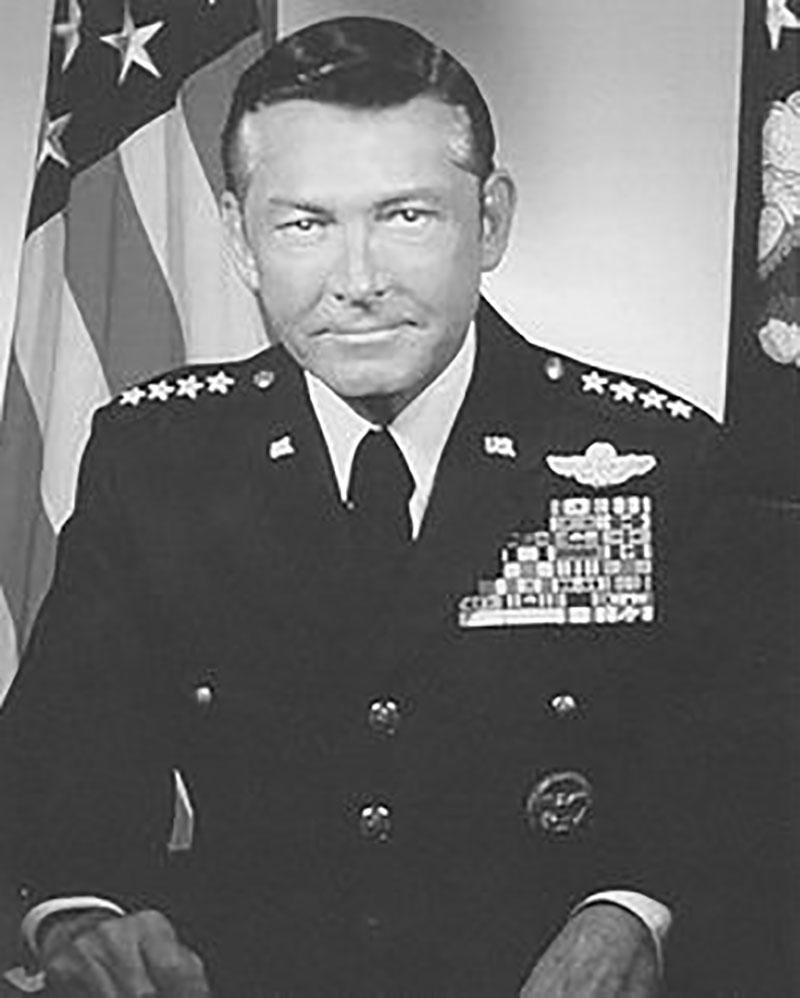 Gen. W. L. “Bill” Creech, Commander of Tactical Air Command, helped to create a leadership revolution in the Air Force following the Vietnam War. Gen. David C. Jones, who served both as chief of staff of the United States Air Force and chairman of the Joint Chiefs, described Creech as, along with Gen. Curtis LeMay, “one of the two most influential men in [Jones’s] long Air Force experience.”
Gen. W. L. “Bill” Creech, Commander of Tactical Air Command, helped to create a leadership revolution in the Air Force following the Vietnam War. Gen. David C. Jones, who served both as chief of staff of the United States Air Force and chairman of the Joint Chiefs, described Creech as, along with Gen. Curtis LeMay, “one of the two most influential men in [Jones’s] long Air Force experience.”
Enlisting in the Army in 1944, Creech started as a private, then entered the aviation cadet program in 1948. He graduated with distinction, receiving a commission and his pilot’s wings in September 1949. During the Korean War, he saw combat both as a forward air controller on the ground with the army and as an F-80 pilot with the 51st Fighter-Interceptor Wing. After the war, he earned a coveted assignment as a member of the Air Force Air Demonstration Squadron, the Thunderbirds, where he flew 125 aerial demonstration flights in F-84 fighters. Moving to Europe, he became commander of the aerial demonstration team for the United States Air Forces in Europe (USAFE), the Skyblazers, flying the supersonic F-100C in aerial demonstrations in Europe, the Middle East, and North Africa.
One assignment in particular was pivotal in shaping Creech’s future career. In August 1962, he became executive and aide to the Commander, Tactical Air Command, General Walter C. Sweeney, Jr. In some ways, the assignment was like an apprenticeship, although Creech’s fighter pilot experience proved invaluable to General Sweeney, who came from a Strategic Air Command (SAC) background. General Sweeney’s commitment to the TAC mission was sincere, and Creech provided the expertise that went into such important documents as the Air Force position in response to the Howze Board, when the Army attempted to increase its control over tactical aviation. That, in turn, helped to shape Creech’s own thinking about TAC’s relationship with ground forces.
During a combat tour in Vietnam with the 37th Tactical Fighter Wing, Creech became convinced that flying low to avoid surface-to-air missiles and thus facing the dangers of anti-aircraft and small-arms fire was the wrong approach. He began to think about the need for a strong capability to suppress enemy air defenses with new equipment.

Following key assignments at the Pentagon, he was chosen to command TAC in 1978, and it was there that his philosophy of leadership, airmanship, and excellence exerted the widest influence. His “Proud Look” program is well known, and his insistence that workplace appearance could instill pride and enhance performance was a positive factor. More importantly, his leadership resulted in a revolution in excellence, reversing negative readiness trends that had resulted from the post-Vietnam drawdowns. TAC saw a dramatic reduction in accident rates and aircraft non-availability due to maintenance and an equally dramatic increase in sortie rates, effectively almost doubling the number of available aircraft. Before the “Total Quality” revolution became a household word, he insisted on decentralization and empowering members at the lowest level consistent with military order and discipline. It is not surprising that after his retirement, he authored a best-seller entitled The Five Pillars of TQM: How to Make Total Quality Management Work for You. He had already applied those principles while commanding TAC.
When General Creech passed away in 2003, Air Force Chief of Staff Gen. John Jumper said this of him: “No single officer has had greater influence on the Air Force in recent times than Gen. Bill Creech. He transformed the way the Air Force conducts warfare. …He was a war hero of Korea and Vietnam who improved the tactics that have led to our successes in the Persian Gulf, Afghanistan, Kosovo, and Iraq.”
